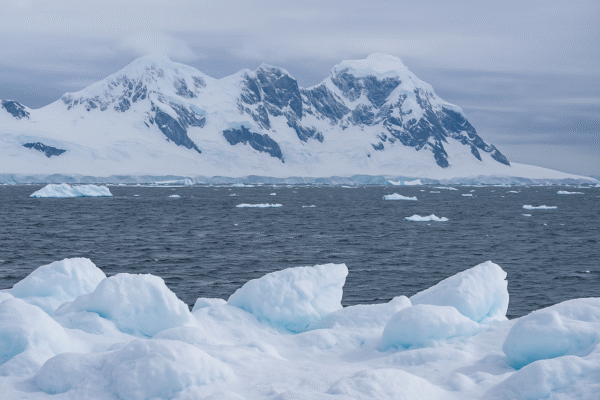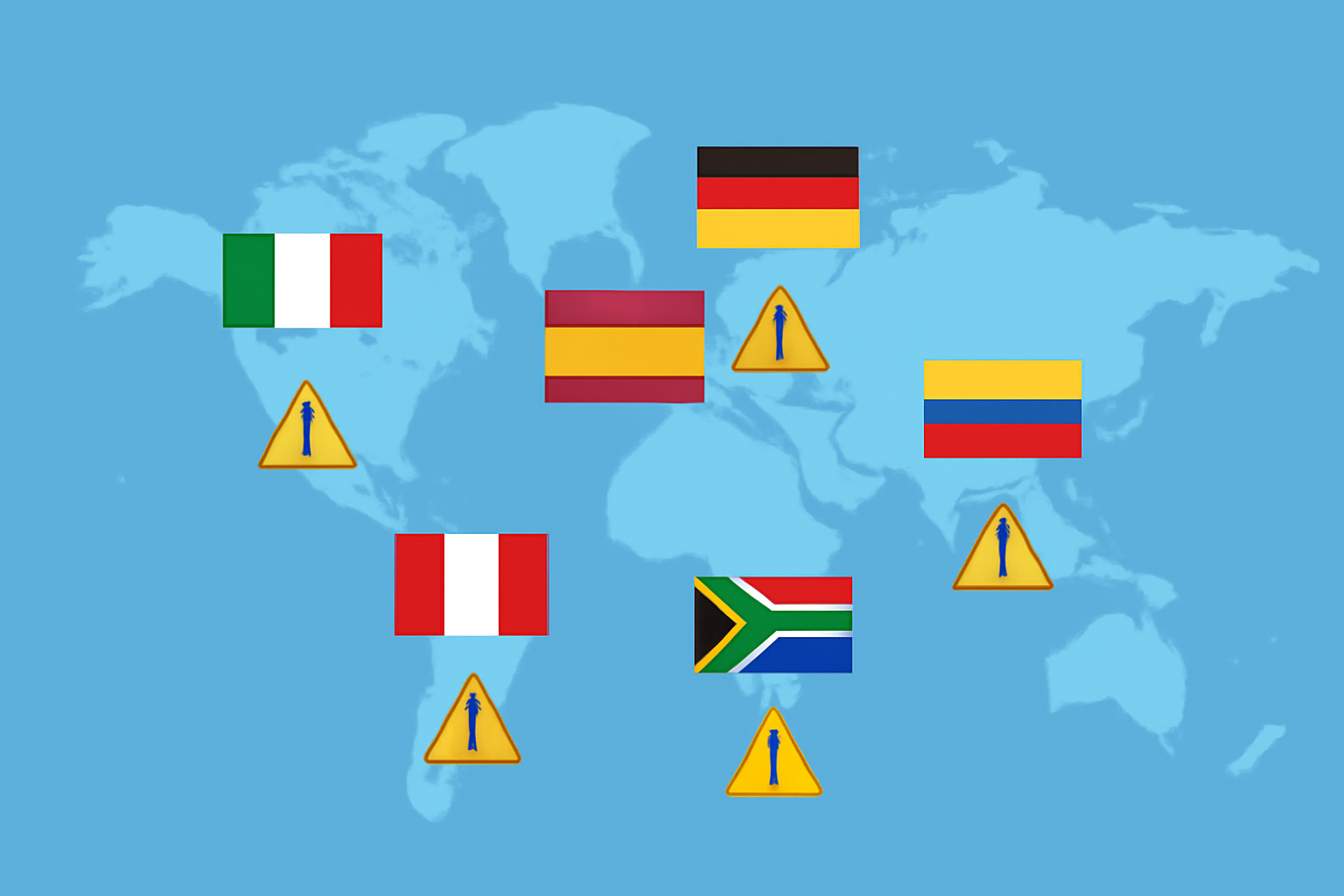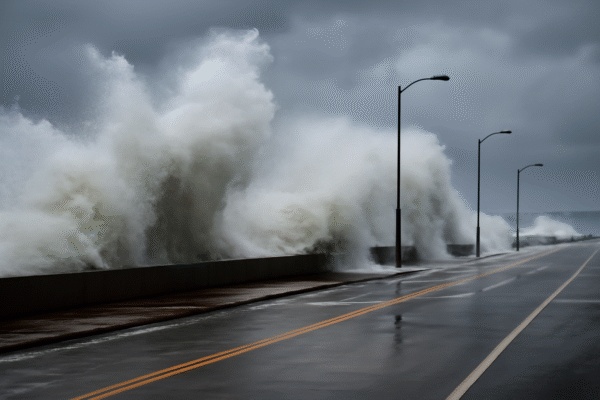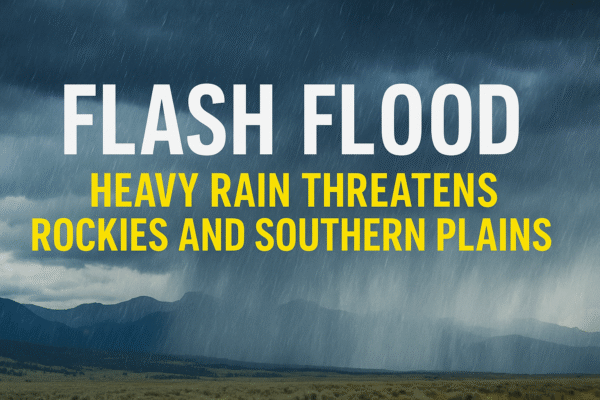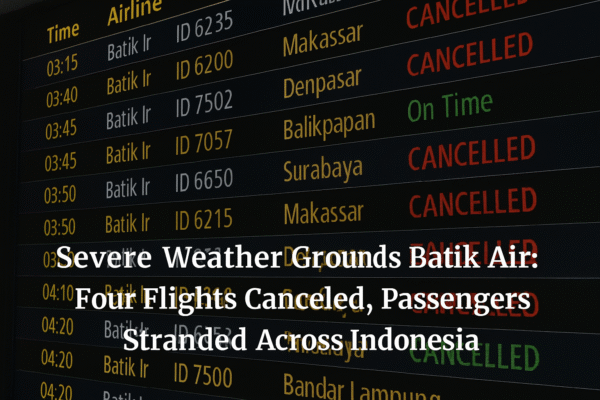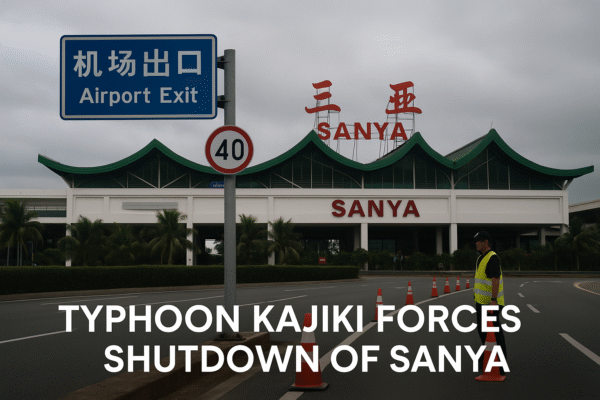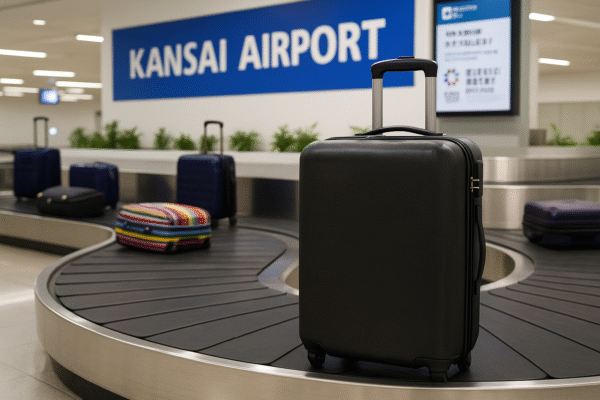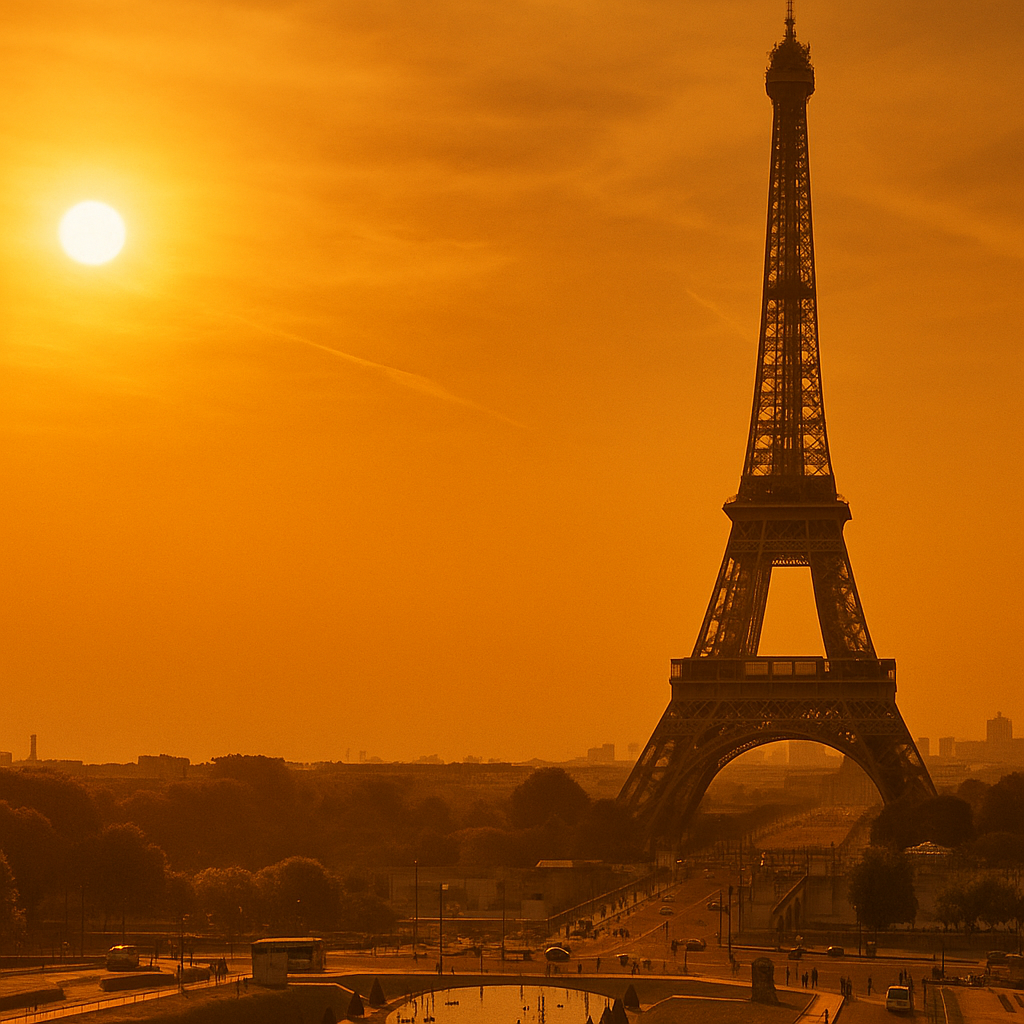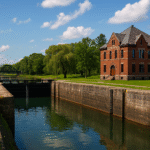As Europe endures one of its most punishing heatwaves on record, major tourist destinations are experiencing severe disruptions—most notably Paris, where the Eiffel Tower summit was closed due to extreme temperatures. This summer, soaring heat and marine anomalies in the Mediterranean are rewriting the rules of European tourism.
Eiffel Tower Shuts Summit Due to Safety Concerns Amid Blistering Paris Heat
On July 1–2, the Eiffel Tower’s summit was temporarily closed to visitors due to scorching temperatures in Paris. With thermometers topping 38°C (100°F) in the capital, SETE, the tower’s operator, cited safety concerns for tourists and staff. The metal structure’s thermal expansion and overheating risks prompted the closure, though the lower floors remained accessible.
While the summit reopened on July 3 as temperatures dipped slightly, the incident is symbolic of a broader climate-induced disruption to European travel. According to France’s national meteorological service, Météo-France, this was the earliest intense heat spike recorded in Paris in over a decade.
Southern Europe Breaks Temperature Records: Travelers Adjust Plans
The heatwave stretches far beyond France. In El Granado, Spain, the mercury hit 46.4°C (115.5°F), setting a June temperature record. In Portugal, Mora, located east of Lisbon, recorded highs nearing 45°C. In both countries, local governments issued red-level heat alerts, urging residents and tourists to remain indoors during the midday hours.
In response, tourists are shifting from outdoor walking tours to air-conditioned museums, galleries, and malls. Lisbon’s MAAT museum and Madrid’s Prado Museum reported above-average visitor numbers this week as travelers sought respite indoors.
Climate Drivers: Mediterranean Sea Heat and Atmospheric Pressure Domes
At the heart of this weather crisis lies a marine heatwave in the Mediterranean Sea, where surface water temperatures are as much as 9°C (16°F) above average, according to Copernicus Marine Service. These abnormally warm waters are contributing to the formation of a “heat dome” — a high-pressure atmospheric system trapping hot air over Europe.
This heat dome has intensified temperatures across the continent, exacerbating droughts, wildfire risks, and disrupting conventional travel itineraries. The European Space Agency (ESA) confirmed that satellite thermal scans detected some of the highest surface temperatures over the Iberian Peninsula and southern France.
Tourism in Crisis: Outdoor Attractions Under Strain
The Eiffel Tower isn’t the only European attraction impacted. In Paris, Seine river cruises, open-air food markets, and outdoor cafes are seeing early closures and lower foot traffic. In Nice and Marseille, southern France’s beach tourism is being restructured with more early morning and evening activities to avoid the hottest hours.
In Spain, Andalusia’s hiking trails and Seville’s city tours have been suspended or shortened. Tourism boards are advising visitors to monitor hourly heat indexes and limit exposure between 12 p.m. and 4 p.m.
Wildfires Add to Travel Uncertainty
Alongside the heat, wildfire outbreaks are threatening infrastructure and air quality. In Aude, southern France, hundreds of firefighters were deployed to contain blazes threatening rural communities and disrupting regional rail lines. In Portugal, authorities evacuated parts of the Algarve and the Alentejo regions as fires approached tourism zones.
Spain’s Ministry of the Interior confirmed that over 5,000 hectares had already burned by early July—a concerning figure given the early phase of the fire season.
How Tourists Can Stay Safe While Traveling During Heatwaves
For those traveling to heat-affected regions in Europe this summer, health and flexibility are essential.
Here are key safety recommendations:
- Hydrate constantly: Carry water and drink frequently. Avoid alcohol and caffeine during the day.
- Dress appropriately: Lightweight, loose-fitting clothes and hats offer protection from the sun.
- Modify your itinerary: Explore landmarks early in the morning or late in the evening.
- Choose accommodation wisely: Ensure hotels or rentals are equipped with functioning air conditioning.
- Stay informed: Monitor official weather updates via Météo-France, AEMET (Spain), and IPMA (Portugal).
- Be fire aware: If traveling to rural or forested areas, review regional fire risk maps and avoid active fire zones.
Tourism’s Future in a Warming World
This latest European heatwave is yet another wake-up call for the tourism sector. With climate change intensifying extreme weather patterns, travelers and tourism operators alike must adapt. The European Travel Commission (ETC) is working with member states to reframe travel strategies—focusing on seasonality shifts, sustainable infrastructure, and real-time climate response systems.
Destinations are already exploring resilience models, including shaded pedestrian corridors in cities like Seville, solar-reflective building materials in Lisbon, and beach access restrictions during heat alerts in the French Riviera.
Conclusion: Adapting to the New Summer Norm in Europe
The Eiffel Tower’s summit closure may have disappointed some tourists, but it underscores a deeper reality: summer travel in Europe is being fundamentally reshaped by climate change. From France’s capital to Portugal’s coasts, the need for caution, flexibility, and innovation has never been greater.
For those planning a trip in the coming weeks, staying informed and adjusting expectations will be key to having a safe and enjoyable European adventure. As cities and tourism boards adapt to these challenges, travelers too must rethink how to experience Europe responsibly amid rising temperatures.
For more travel news like this, keep reading Global Travel Wire



